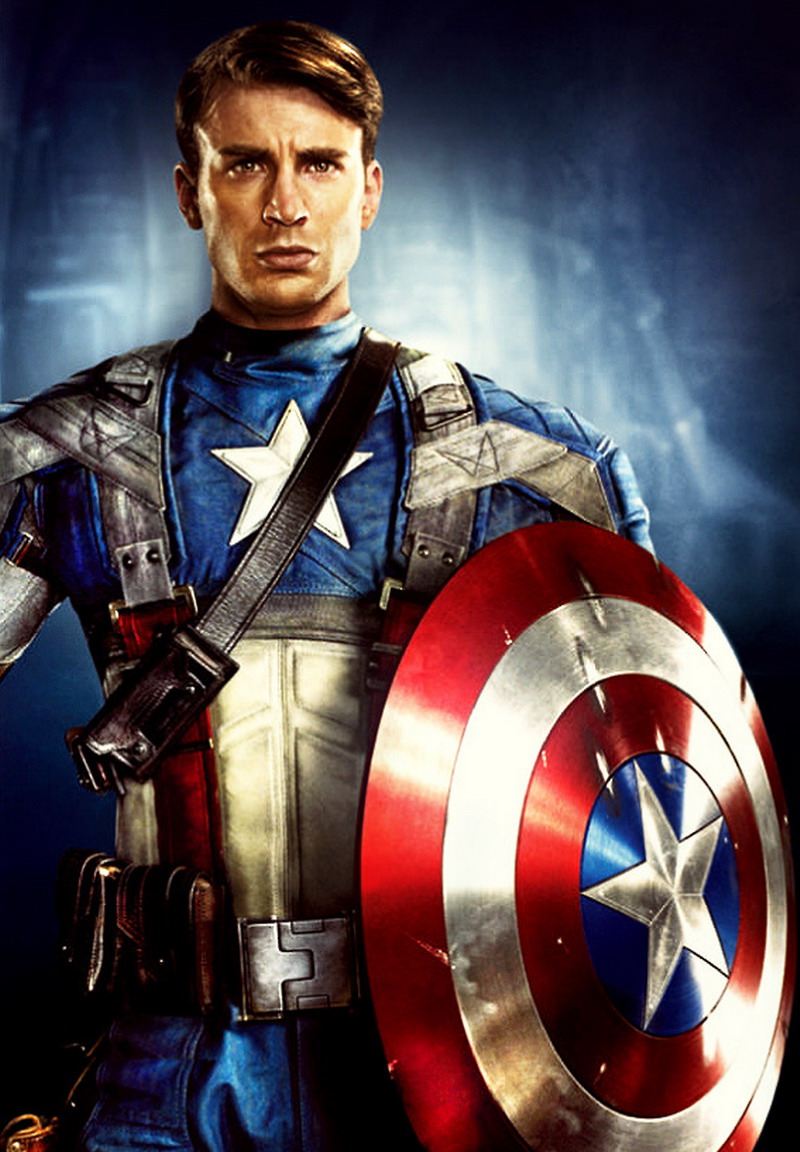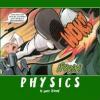The Physics Behind Captain America's Shield
Hello once again! It's LilBretz here with more superhero physics. Today's topic is Captain America's shield, the ol' Stars and Stripes. Could this piece of extremely rare metal really be true? Could it really have the potential to sustain after any blow is done to it? Let's find out.
Now, in Captain America: The First Avenger, Howard Stark tells Steve Rogers (Captain America) that the prototype shield is made out of "vibranium", a metal that is "stronger than steel and a third of the weight." It also is "completely vibration absorbant." And when Agent Peggy Carter puts this shield to the test...
and it passes. But what exactly is this vibranium? In the Marvel Universe, there are two types of vibranium. The type used for Cap's shield is called the Wakandan variety; it's from Africa. It possesses the ability to absorb all vibrations in the vicinity as well as kinetic energy directed at it. The energy absorbed is stored within the bonds between the molecules that make up the substance. As a result, the more energy vibranium absorbs the tougher it becomes. But how much energy can this super shield absorb???
Enough to absorb a blow from Thor, the Norse God of Thunder! But could this actually be possible?
The military is always having teams of scientists engineering new technology, so who knows? All we do know is that this wonder shield is just a small part of an amazing fictonal universe. Thank you ![]()
https://www.youtube.com/watch?v=DxRKwKJI_uI




0 Comments
Recommended Comments
There are no comments to display.